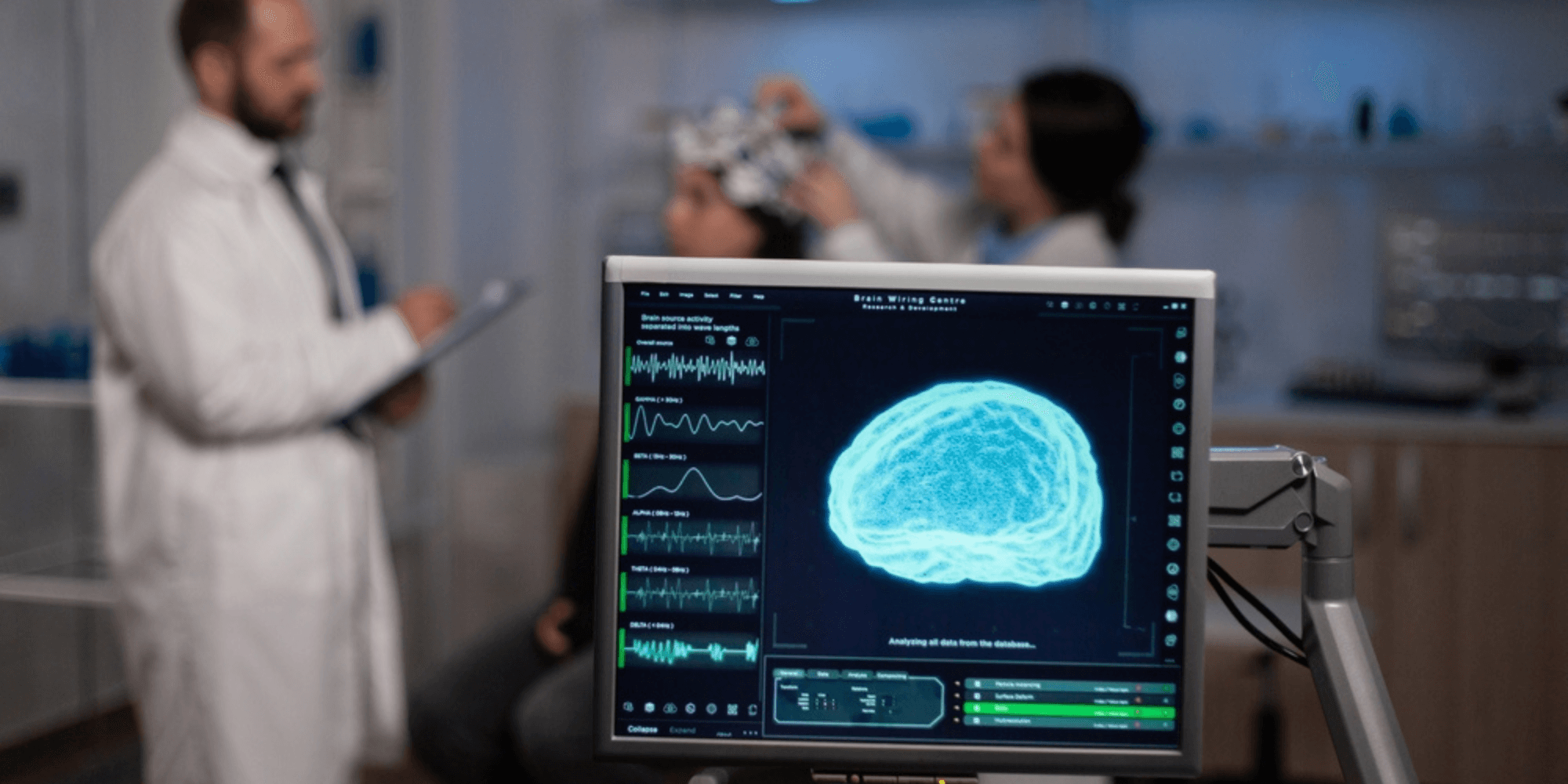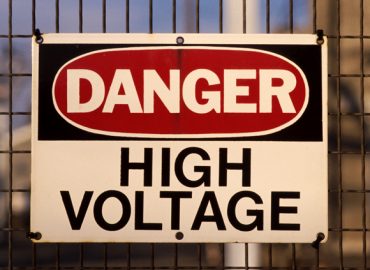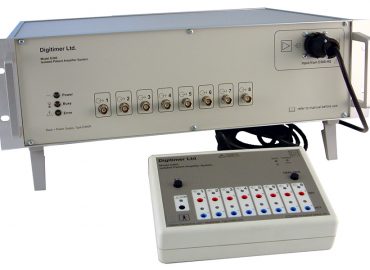Electroencephalography
Which electrodes do I need?
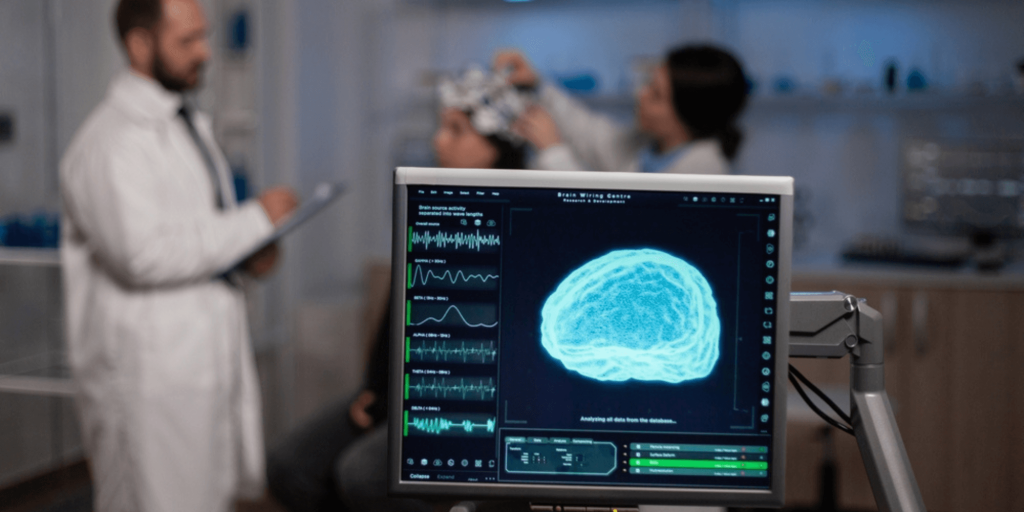
Electroencephalography (EEG) is a widely used research technique, in which electrical brain activity is recorded via the scalp – and it continues to improve our understanding of the human brain.
But when it comes to purchasing the right equipment to do the job, most researchers and medical professionals are left scratching their heads – particularly with regard to cup electrodes.
Wet or dry? Disposable or reusable? Does it matter which you choose? Which EEG cups are better suited to your requirements?
As a leading online supplier of neurodiagnostic accessories, not only do we have an extensive range of EEG cup electrodes to choose from, we have specialist knowledge in this area. So if you’re unsure which is the best product for your needs, please don’t hesitate to get in touch.
We should be able to point you in the right direction.
To give you an idea, here our in-house experts provide a little insight into the different types of electrodes available and the applications they’re particularly suited to.
Wet vs. dry cup electrodes
Until very recently, electroencephalography equipment was bulky and stationary – which meant, research was typically restricted to labs and clinics, where the test subject was stationary.
Fast forward to the present day and, unsurprisingly, technology has advanced.
Mobile EEG devices are now available, allowing researchers to get a glimpse of brain activity in a diverse range of environments. And as a result, ‘dry’ cup electrodes have been developed.
Unlike conventional ‘wet’ electrodes, dry versions don’t rely on the use of a conductive gel. Therefore, they take much less time to set up and don’t leave behind a sticky residue in the subject’s hair. This makes them a preferred option for applications that require speed and mobility.
However, the recordings taken are not as accurate.
Without a conductive gel, EEG signals can be noisier and prone to motion artifacts. Dry electrodes may be quicker and easier to use, but this increased convenience is traded for signal stability and quality. Which is why – unless speed of use is particularly important to your research – we usually recommend opting for traditional wet EEG cups instead (such as those available in our store).
Disposable vs. reusable cup electrodes
Both disposable electrodes and reusable electrodes:
- provide a clear, constant EEG recording
- are easy to handle
- offer optimal patient comfort
But due to the materials from which they’re made (e.g. gold-plated, silver-plated or an optimised layer of frequency stable silver-silver chloride on a solid silver cup), reusable cup electrodes tend to be more reliable.
There’s no getting away from the fact that reusable varieties are a ‘semi-critical care item’.
Because they come into contact with mucous membranes (nose, mouth, eyes etc.) or non-intact skin (that’s been prepped for the EEG), they pose a real risk of infection. In fact, in a recent multi-centre study, it was found that 22.6% of so-called ‘clean’, ready-to-use reusable electrodes harboured bacteria – which could potentially lead to hospital-acquired infections.
That’s why, they require an incredibly high level of disinfection between each use. And if the official guidelines are followed, this can be a somewhat complex and time-consuming process.
If the potential risk of contamination is a particular problem for your research – or you would rather not waste time and money on disinfection procedures – disposable cup electrodes may be a better option. But if you’re happy to commit to thorough between-use cleaning, reusable varieties offer reliability and ease of use, time and time again. And they can save you money in the long run.
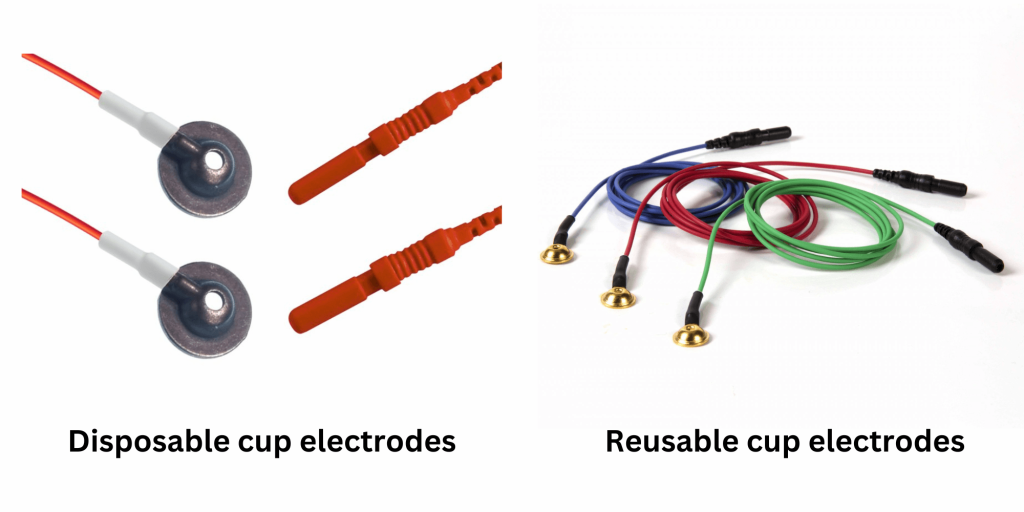
Get in touch
Here at Digitimer, we offer a range of cup electrodes for EEG applications, including disposable options and reusable silver/silver chloride, silver plated and gold plated electrodes.
These are all designed to give a reliable signal, with large dome volumes and a connector that’s optimised for easy headbox insertion and extraction. Made by leading neurodiagnostic manufacturers, they’re all of the highest quality – yet are available for a very competitive price.
So why not browse the range?
Further information about each can be found in the respective product description.
The right type for your needs will depend on several factors, including where you intend to conduct your electroencephalography research and how much time you can afford to dedicate to cleaning. And if you’re still unsure, it may be worth contacting our specialists.
Renowned for our exceptional customer service, we’re always happy to help.
Whether you have a question about any of our neurodiagnostic accessories, or would like tailored advice on the most suitable product for your requirements, please feel free to give us a call at any time on 01707 328 347. Alternatively, you can send an email to [email protected] and we’ll respond to your enquiry as soon as possible.
